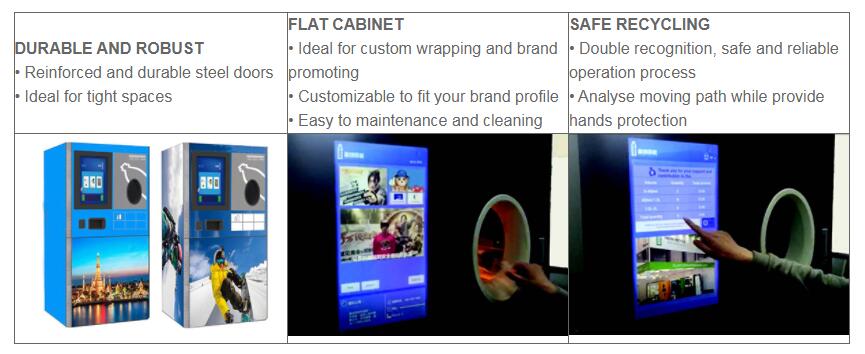Plastic bottles make life easier. They're lightweight and easy to hold, and they're strong and resistant to breakage. Plastic bottles are the best way to hold and carry a wide range of liquids, from water and soft drinks to oil to household cleaners and baby formula. The plastic bottle is a great invention, but what happens when that handy container is empty?
It can take up to 700 years for a plastic bottle to decompose during the biodegradation process, the same process that happens when a piece of fruit rots. These bottles fill up our landfills, and we need landfills to bury garbage that cannot be recycled. Throwing away plastic also damages the environment in other ways. As plastic rots, it releases chemicals that enter our water and air and make people, plants and animals sick.
To address these problems, a process has been developed together to recycle plastic bottles and turn them into other useful items, including clothing, furniture, fencing, and new plastic bottles, bags and containers.
First, recycling reduces the pollution caused by the chemicals used to make these bottles. Recycling also helps reduce the amount of waste thrown into landfills, so our trash doesn't take up as much space. Recycling also creates jobs for people who collect recyclables and work in places where they are turned into new materials.
Recycling is good for the economy and the environment, and it's easy to do. All you have to do is remember to throw them in the right bin when you're done with them. But you can also do more, especially if there is no recycling bin in the area you frequent. Students can talk to their school board, principal and teachers about setting up a recycling program at their school. You can also organize can and bottle drives, pick up trash and sort recyclables in parks and on the streets. You can also make signs to promote that recycling is easy and important.

Recycling requires many steps. First, bottles must be collected from homes, businesses and other locations. Then, each plastic bottle must be separated from the metal, glass and other items that people put in their recycling bins. Plastic bottles are also sorted by the type of plastic they were made from. The bottles are then cleaned to remove any food, liquid or chemical residue.
Next, all bottles are ground and sliced into thin pieces. Finally, they are melted and formed into small pellets, each about the size of a grain of rice. These pellets are packaged and sold to companies that can melt them down and make them into many different products. Think of all the plastic toys, tools, electronics and other plastic items you have in your home. Many of them are made from recycled plastic.
Previous: Are Ozone Generators Safe?
Next: Wrought brass strainer - broad valve DIN Cast Iron Strainer valve China Gate Valve Suppliers
Copyright:@2020-2021
Comments Please sign in or sign up to post.
0
0 of 500 characters used